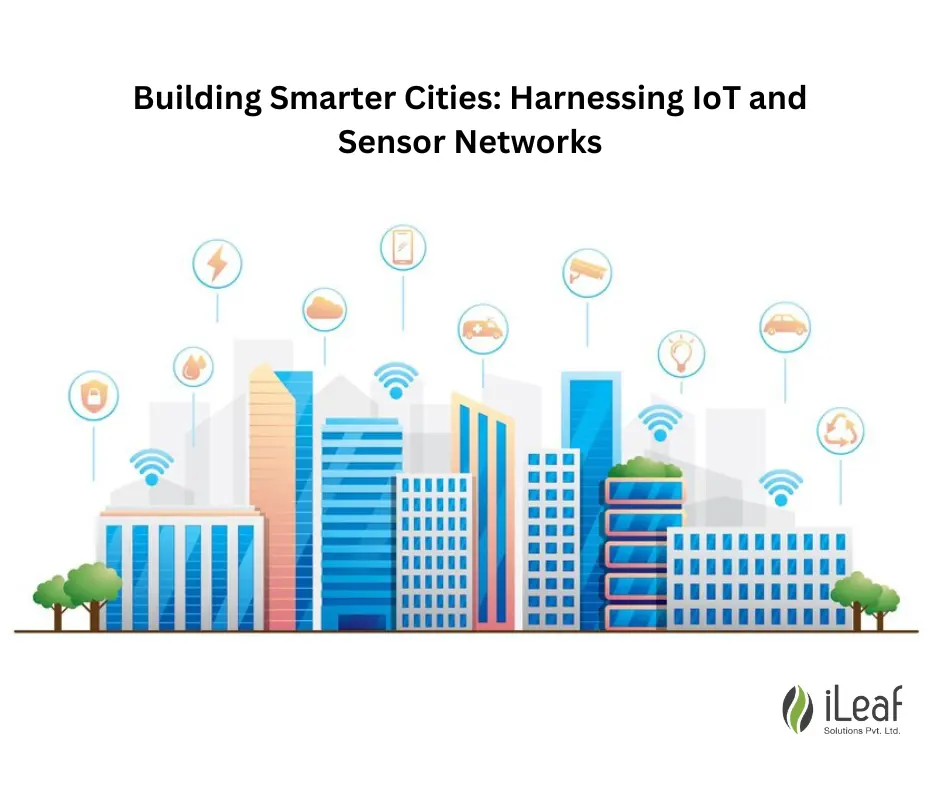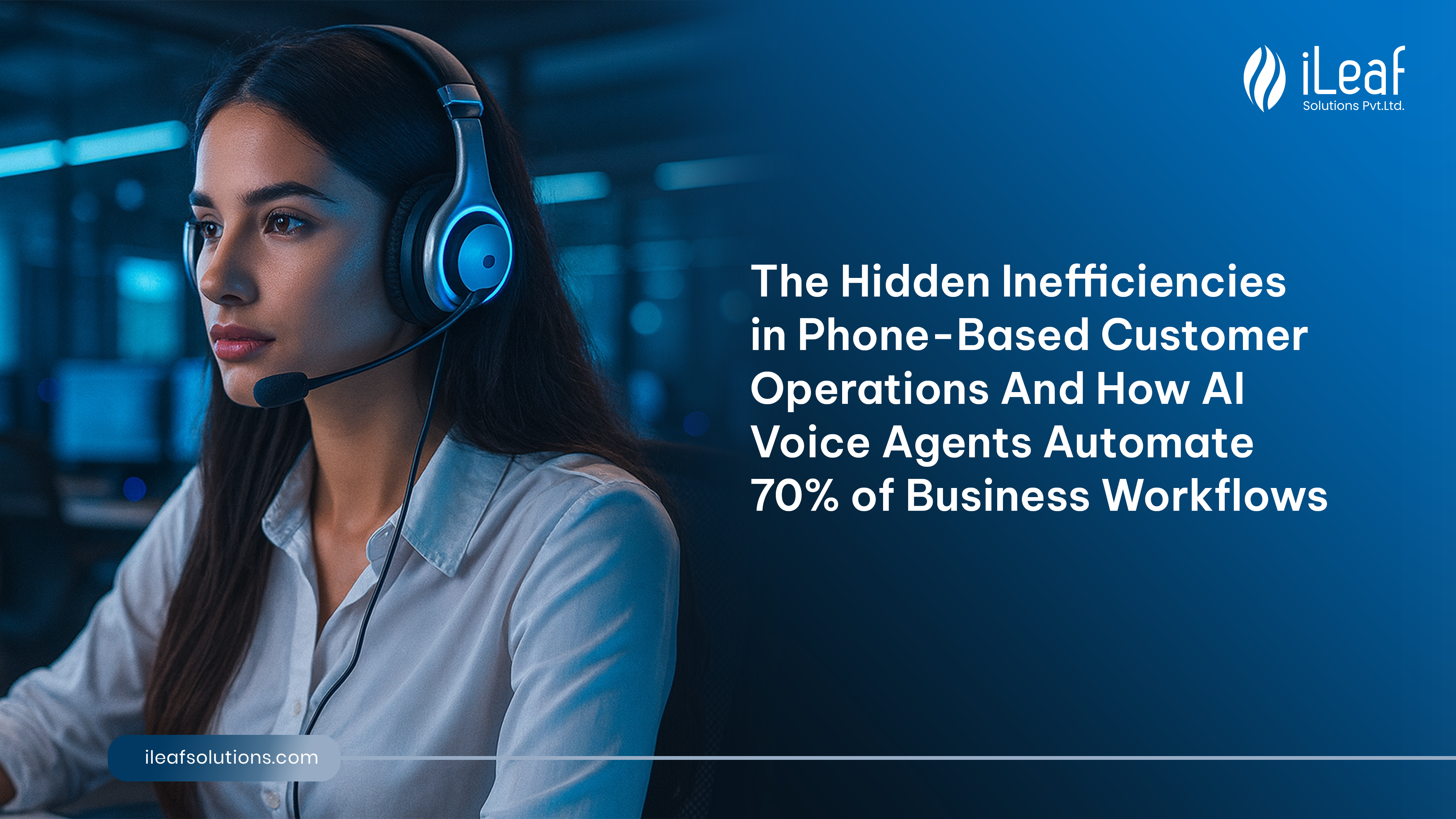Building Smarter Cities with IoT and Sensor Networks

In today's rapidly urbanizing sphere, smart cities have gained significant momentum. As cities continue to grow, the need for sustainable practices, efficient infrastructure, and enhanced quality of life is paramount.
Innovative solutions are required to address these challenges and build cities that are efficient, sustainable, and responsive to the needs of their residents. According to a recent report, Smart City ventures will be a market of USD 1 Trillion by 2025; this provides immense opportunities for governments and private companies to contribute to urban development.
This is where the Internet of Things (IoT) and Sensor Networks emerge as powerful tools to transform cities into intelligent, interconnected ecosystems. The IoT revolution has fundamentally changed how we interact with our surroundings, as everyday objects become interconnected, gathering and exchanging data to improve our lives. Coupled with sensor networks, policymakers and urban planners gain access to a wealth of data to improve decision-making and drive more informed urban development strategies.
How Are IoT and Sensor Networks Shaping the Cities of the Future?
Enhancing Efficiency and Sustainability
IoT and sensor networks offer great potential to optimize resource utilization and improve the overall efficiency of city operations. Multiple data points can be collected in real-time by embedding sensors throughout the urban landscape. This data allows city authorities to monitor traffic flow, energy consumption, waste management, and more.
Using this information, they can make informed decisions to reduce resource wastage and carbon footprint and improve overall sustainability. For instance, intelligent street lighting systems can control brightness based on real-time traffic patterns, minimizing energy wastage and costs.
Furthermore, IoT-powered water management systems can detect leaks, monitor water usage, and regulate irrigation based on weather conditions, conserving water resources. Smart grids allow balanced energy distribution and facilitate the integration of renewable energy sources that contribute to a greener and more sustainable urban environment. By leveraging IoT and Sensor Networks, cities can reduce operational costs, optimize resource allocation, and progress toward a more sustainable future.
Improving Urban Mobility
Traffic congestion is one of the most significant challenges in modern cities. IoT and Sensor Networks can be critical in tackling this issue by enabling more innovative transportation systems. Real-time data from sensors installed in roads, vehicles, and public transportation networks can be accumulated and assessed to detect accidents, optimize traffic flow or roadblocks, and provide accurate information to commuters.
This enhances transportation efficiency, improves road safety, and reduces travel times, making urban mobility efficient and more convenient for residents and visitors. Moreover, IoT-based parking systems can help drivers find available parking spaces, reducing the time spent searching for parking and decreasing traffic congestion.
Integrated mobility platforms can provide real-time information on public transport schedules and bike-sharing availability and even recommend multi-modal routes, which would encourage the use of sustainable modes of transportation. Cities can build intelligent transportation networks that improve mobility, reduce emissions, and enhance the overall urban experience by harnessing the power of IoT and sensor networks.
Enabling Intelligent Infrastructure:
IoT and Sensor Networks can enable cities to create intelligent infrastructure that can adapt to changing conditions and improve the quality of urban life. For instance, sensors embedded in buildings can monitor factors like humidity, temperature, and occupancy to optimize energy consumption and ensure optimal comfort for occupants. Smart waste management systems can employ sensors to monitor fill levels in garbage bins, resulting in optimized collection routes and reduced operational costs.
These technologies can also be integrated into electricity and water grids to detect leaks or failures, enabling proactive maintenance and efficient resource allocation. IoT-enabled infrastructure can also improve public safety. Intelligent street lights equipped with motion sensors can automatically control lighting levels based on pedestrian movement, ensuring well-lit pathways and minimizing the risk of accidents or criminal activities.
Smart surveillance systems can assess video feeds in real-time, detecting anomalies or potential security threats and alerting authorities promptly. By deploying IoT and sensor networks, cities can create an intelligent and resilient infrastructure that adapts to the needs of its residents, promotes sustainability, and refines the overall urban environment.
Enhancing Public Safety:
Ensuring the safety and security of citizens is a top priority for any urban community. IoT and Sensor Networks provide advanced tools for better public safety measures. For instance, intelligent surveillance systems with video analytics can detect and alert authorities about potential security threats or suspicious activities in real-time. Emergency response systems can utilize IoT technology to quickly identify and respond to incidents, enhancing the efficiency of emergency services.
Environmental monitoring sensors can monitor air quality levels, noise pollution, and other environmental factors that affect public health. This data can help city authorities take appropriate measures to promote healthier living conditions, address environmental concerns, and enhance the overall well-being of residents.
Conclusion
The rise of IoT and Sensor Networks has opened up huge opportunities to build smarter cities that are sustainable, efficient, and livable. Real-time data and connectivity can help cities optimize resource usage and urban mobility, create intelligent infrastructure, and enhance public safety. Integrating IoT and sensor networks in urban development through the innovative solutions provided by companies has the potential to transform our cities and build a brighter, more sustainable future.
With IoT solutions and app development expertise, iLeaf Solutions is at the forefront of this urban transformation. Through their cutting-edge technologies and commitment to innovation, iLeaf empowers cities to mobilize the full potential of IoT and Sensor Networks. Our solutions enable cities to collect and assess real-time data, monitor different aspects of urban life, and make informed decisions to address urban challenges.
Shape the cities of tomorrow and create a better future with iLeaf Solutions. Contact us to learn more about our cutting-edge solutions.














